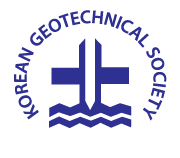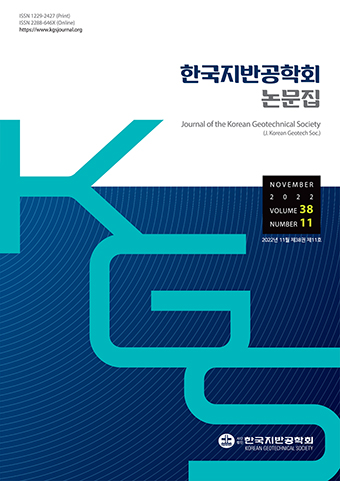Abstract
References
Information
Benedetto, A., Tosti, F., Ciampoli, L.B., Calvi, A., Brancadoro, M.G., and Alani, A.M. (2017), Railway Ballast Condition Assessment Using Ground-penetrating Radar-An Experimental, Numerical Simulation and Modelling Development, Construction and Building Materials, 140, pp.508-520.
10.1016/j.conbuildmat.2017.02.110
- Publisher :The Korean Geotechnical Society
- Publisher(Ko) :한국지반공학회
- Journal Title :Journal of the Korean Geotechnical Society
- Journal Title(Ko) :한국지반공학회 논문집
- Volume : 37
- No :9
- Pages :13-24
- Received Date : 2021-08-30
- Revised Date : 2021-09-15
- Accepted Date : 2021-09-16
- DOI :https://doi.org/10.7843/kgs.2021.37.9.13




 Journal of the Korean Geotechnical Society
Journal of the Korean Geotechnical Society








